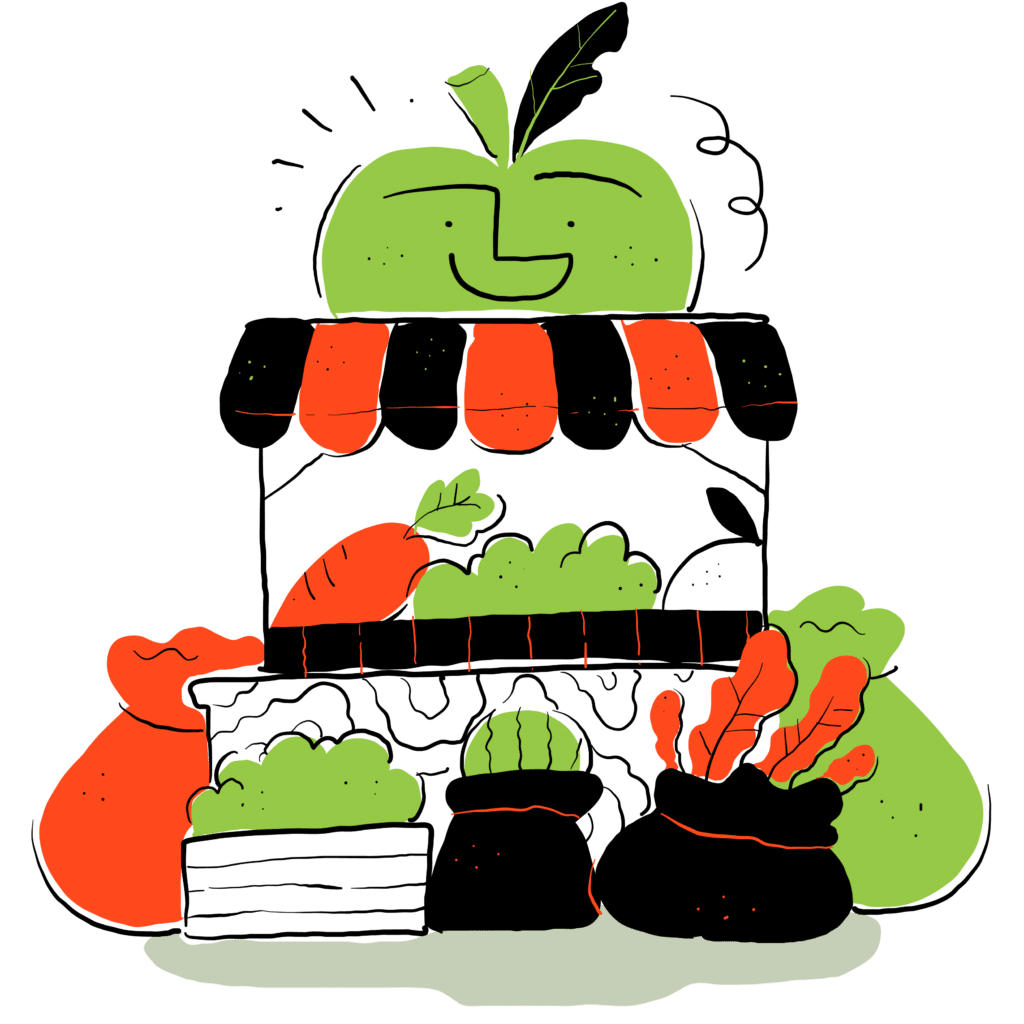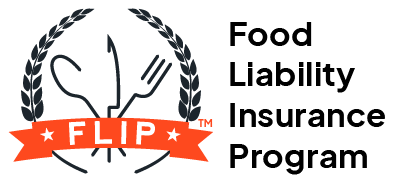2025 Food and Beverage Industry Trends and Statistics
Find out what’s cooking in the culinary industry this year and download our free economic outlook report today!
Introducing FLIP’s 2025 Food & Beverage Industry Economic Trend Report
A new year brings with it new developments in the food and beverage industry — developments business owners in this space need to know in order to strategically plan for the future.
To keep you up to date, Food Liability Insurance Program (FLIP) is proud to share our 2025 Food & Beverage Industry Economic Trends Report. We surveyed FLIP policyholders and curated data from sources like the United States Bureau of Labor Statistics (BLS) and US Foods to provide you with helpful insights into the state of the industry this year.
The best part? You can download your copy for free today!
Discover everything from industry-wide stats to business-specific data for:
- Food truck owners
- Bakers
- Caterers
- Bartenders
- Farmers market vendors
- And more
Not ready to download yet? Here’s just a taste of what you can expect in the report.

Catering Continues to Climb
Following previous years’ trends, the catering industry is still on the up and up following the hit it took during the pandemic. It’s expected to reach $109.41 billion by 2030.
Business owners report that 75% of their orders are placed via mobile or desktop, driving home the importance of having a dependable, secure online ordering system on your website.
Health-Conscious Choices and Bold Blends Are On the Rise for Bakers
Consumers continue to prioritize healthy menu options when shopping for baked goods, opting for whole grains, ancient grains, and sourdough over more processed options. This includes vegan options for those looking to decrease or eliminate their dairy intake.
Now more than ever, people are looking for exciting new flavors from bakeries. Businesses that incorporate unique spice blends into their products can get a leg up on competitors appealing only to traditional tastes.
Convenience and Community Drive Alcoholic Beverage Trends
Ready-to-drink cocktails account for roughly 11% of all alcohol sales, continuing the trend towards convenience in recent years. Canned wines remain a popular choice for casual wine drinkers as well.
Local beers and wines are predicted to be menu must-haves for 2025, thanks to consumer enthusiasm for supporting local businesses and fostering connections within their communities.
Face-to-Face Feedback Remains a Staple for Food Truck Operators
When asked how they typically receive customer feedback, a whopping 93.2% of FLIP food truck policyholders said they have in-person conversations with customers.
Social media remains the second-most popular place for feedback with 61.4% reporting that they use platforms like Instagram, Facebook, and TikTok to learn how their customers feel.

Hungry for More Info on Food Industry Trends?
Our 2025 Food Industry Economic and Trend Report has even more information on what’s trending for your food business type and the industry as a whole. Stay up to date and download yours today!
